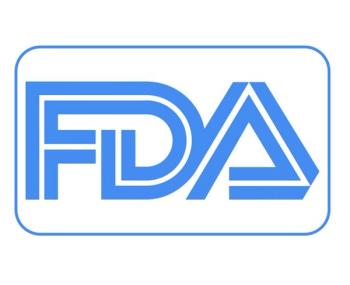
Documentation of Opioid Prescriptions: A 5-question Quiz
Test your assumptions about opioid prescriptions and documentation practice with this 5-question quiz.
Authors of a
The study examined indications associated with opioid prescriptions in ambulatory care between 2006-2015 to determine the percentage of those prescriptions written for pain-related conditions. Data from the National Ambulatory Medical Care Survey was used and identified >31 000 visits in which an opioid was prescribed to adults aged ≥18 years.
For each visit, patients were assigned to 1 of 3 pain diagnoses discussed with their provider: Cancer-related, noncancer-related, or no pain diagnosis.
The 5 questions that follow are based on this study.
1. Among the 31 943 visits where opioids were prescribed, >50% of visits were assigned a diagnosis of cancer-related pain.
A. True
B. False
Answer: B. False. Among the 31 943 visits where opioids were prescribed, 66.4% were assigned a noncancer pain diagnosis vs ~5% that were assigned a diagnosis of cancer-related pain.
2. Approximately what percentage of visits in which an opioid was prescribed was not assigned a pain diagnosis?
A. <10%
B. ~15%
C. ~25%
D. ~50%
Answer: C. ~25%. The study found no documentation of a pain diagnosis in >25% (28.5%) of patient visits during which opioids were prescribed.
3. The absence of a pain diagnosis was more common among visits in which an opioid was newly prescribed vs visits in which an opioid prescription was continued.
A. True
B. False
Answer: B. False. Absence of a documented pain diagnosis was more common among visits in which an opioid prescription was continued (30.5%) vs visits in which an opioid was newly prescribed (22.7%).
4. At visits in which opioids were prescribed for noncancer pain, all of the following diagnoses were among the most frequently assigned, except:
A. Back pain
B. Headaches
C. Osteoarthrosis
D. Other chronic pain
Answer: B. Headaches. Low back pain (6.9%), type 2 diabetes or unspecified type-diabetes mellitus (5.2%), “other chronic pain” (4%), and osteoporosis (2.4%) were most frequently diagnosed in patients receiving opioids for noncancer pain.
5. At visits in which opioids were prescribed and no pain diagnosis was recorded, which one of the following diagnoses was not among the most common?
A. Hypertension
B. Hyperlipidemia
C. Opioid dependence
D. Upper respiratory tract infection
E. Other follow-up examination
Answer: D. Upper respiratory tract infection. At visits without a pain diagnosis where opioids were prescribed, the most common diagnoses were hypertension (6%), hyperlipidemia (2.7%), opioid-type dependence (2.2%), and “other follow-up examination” (1.9%).
Note from the quiz author
Although the good practice of medicine requires careful and full documentation of the indications for all treatments provided, this recording is especially important when opioids are prescribed given the current concern about overprescribing and misprescribing.
This study showed that in a significant percentage of patient visits when opioids were prescribed, there was no diagnosis listed. While this study only looked at the listed diagnoses and not the narrative on the chart that might have yielded information on the reasons opioids were being prescribed, this in no way absolves prescribers of clearly documenting diagnoses so they would be readily apparent to anyone reviewing the patients’ charts.
About the diagnoses among patients who were prescribed opioids without a pain diagnosis, please note: Methadone and buprenorphine are 2 of the most commonly used medications for the treatment of opioid use disorder (OUD) which is probably what was meant in most cases where the diagnosis was “opioid dependence.”
Both are effective analgesics and can be prescribed for OUD. However, the legal requirements for prescribing them as analgesics and for the management of OUD are different. It is vitally important for physicians to clearly state the purpose for which the opioids are being prescribed.
References:
Sherry TB, Sabety A, Maestas N.
Newsletter
Enhance your clinical practice with the Patient Care newsletter, offering the latest evidence-based guidelines, diagnostic insights, and treatment strategies for primary care physicians.

















































































































































































































































































